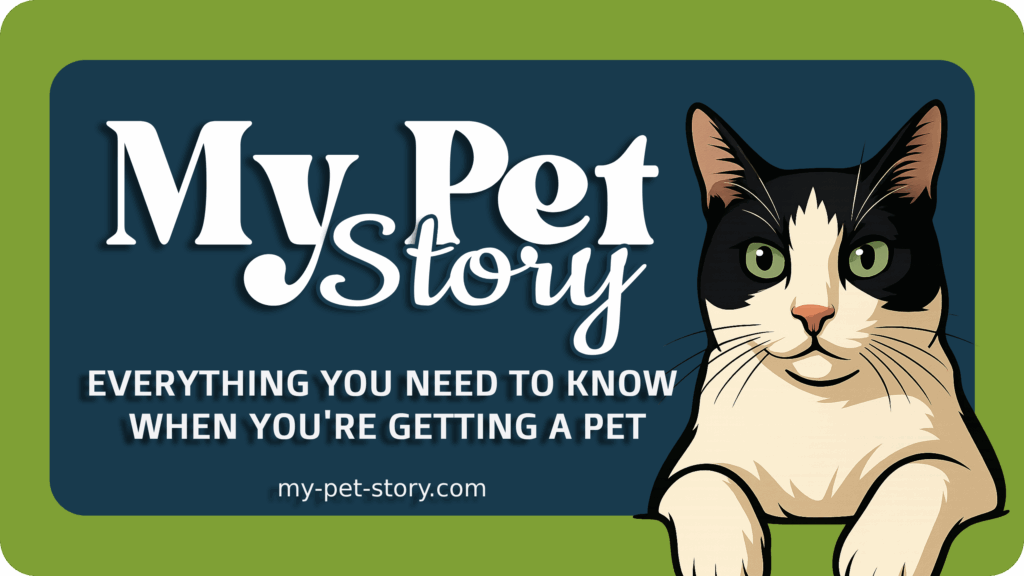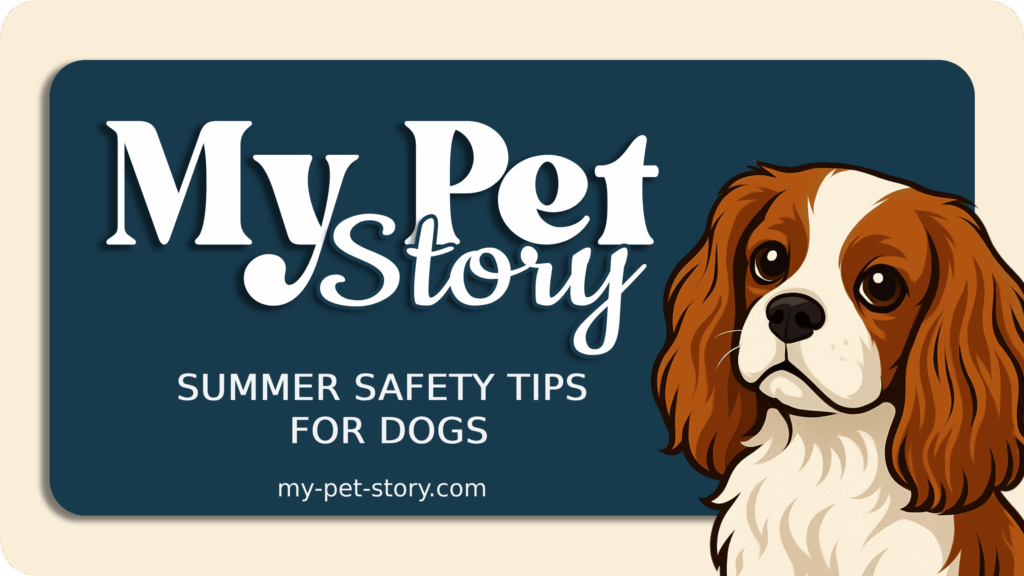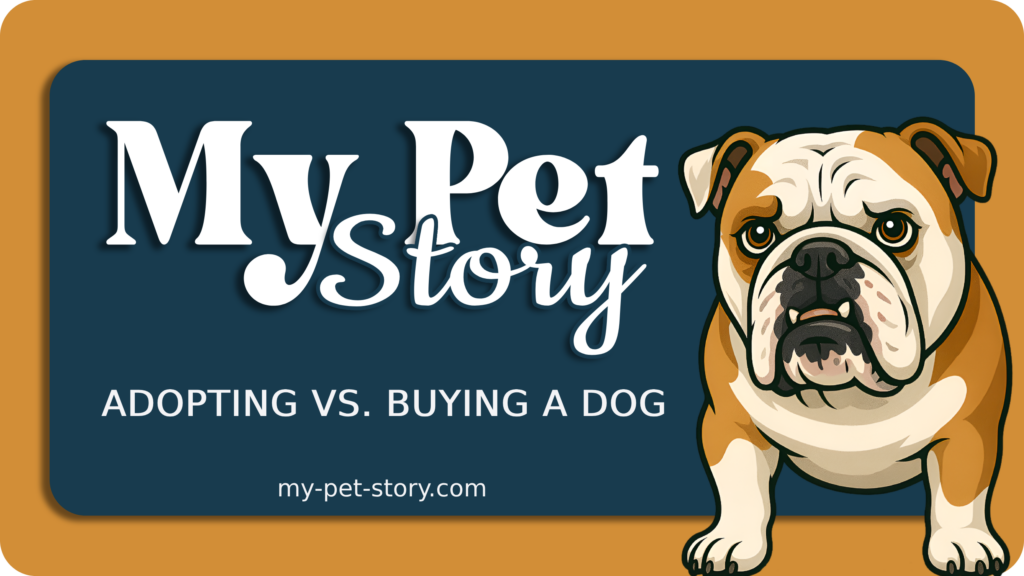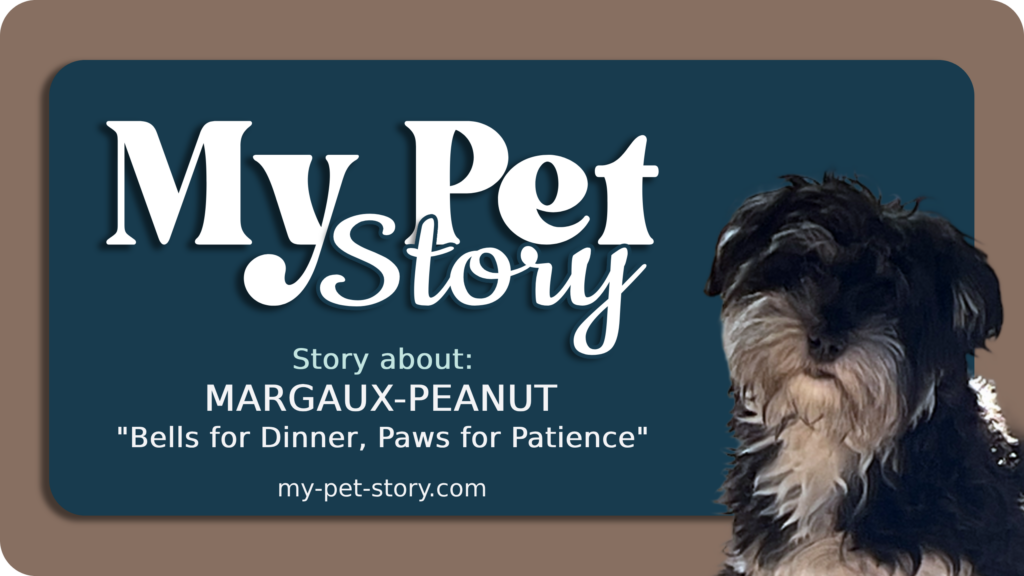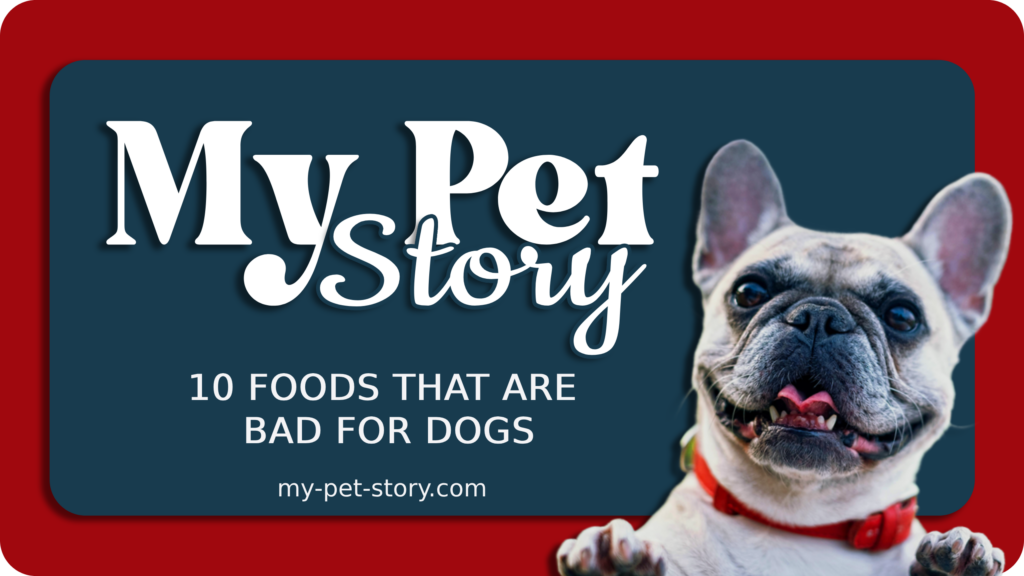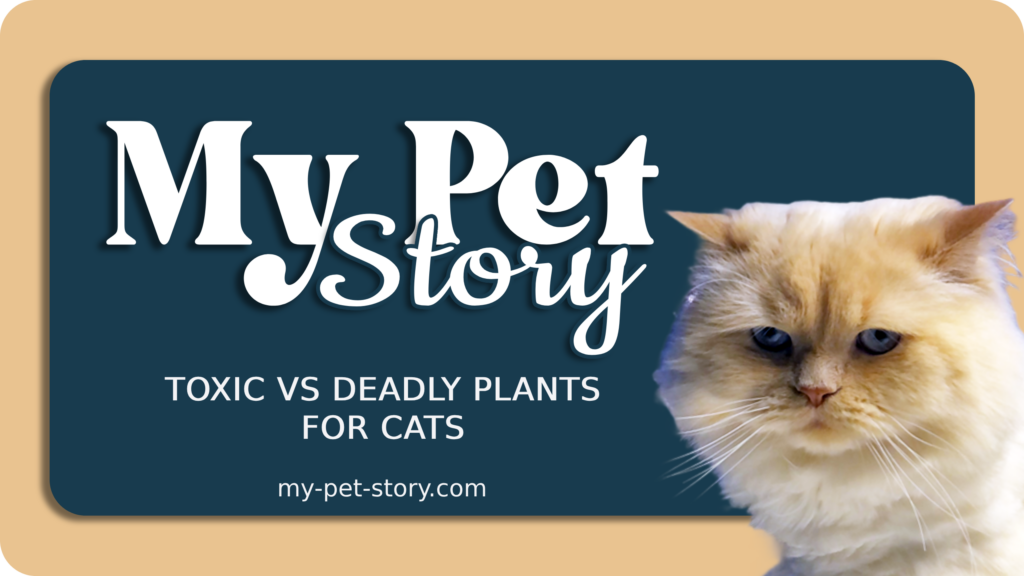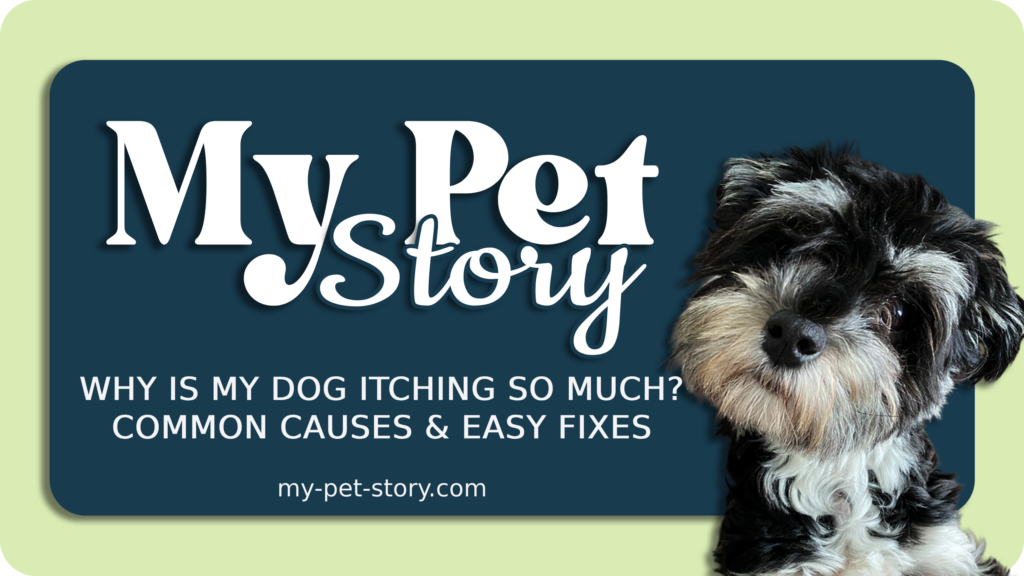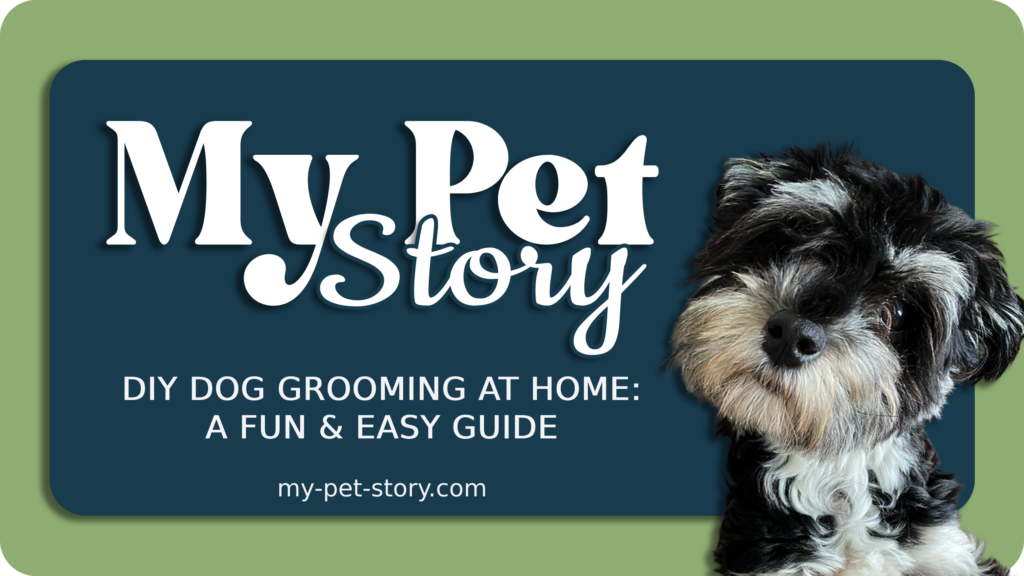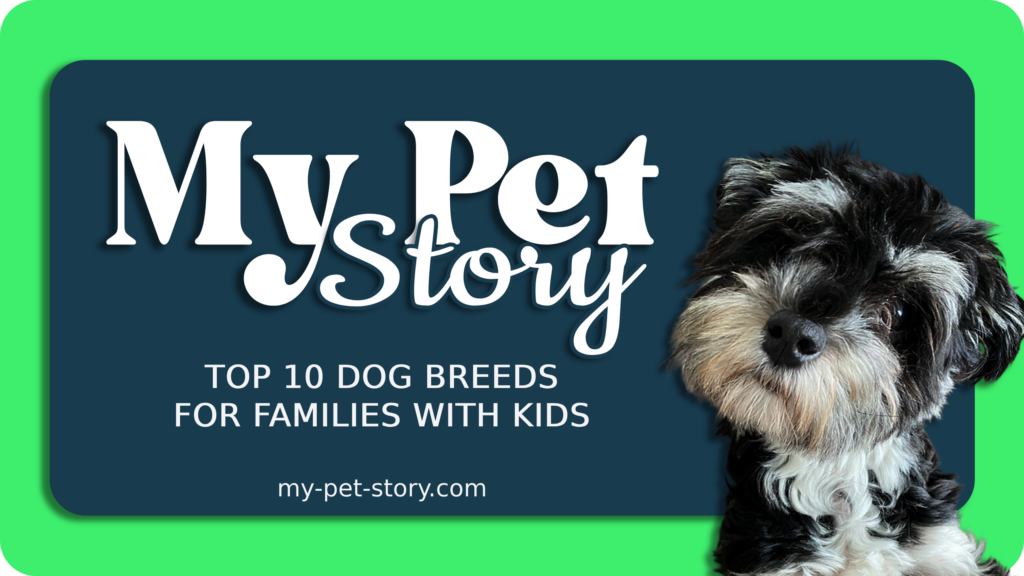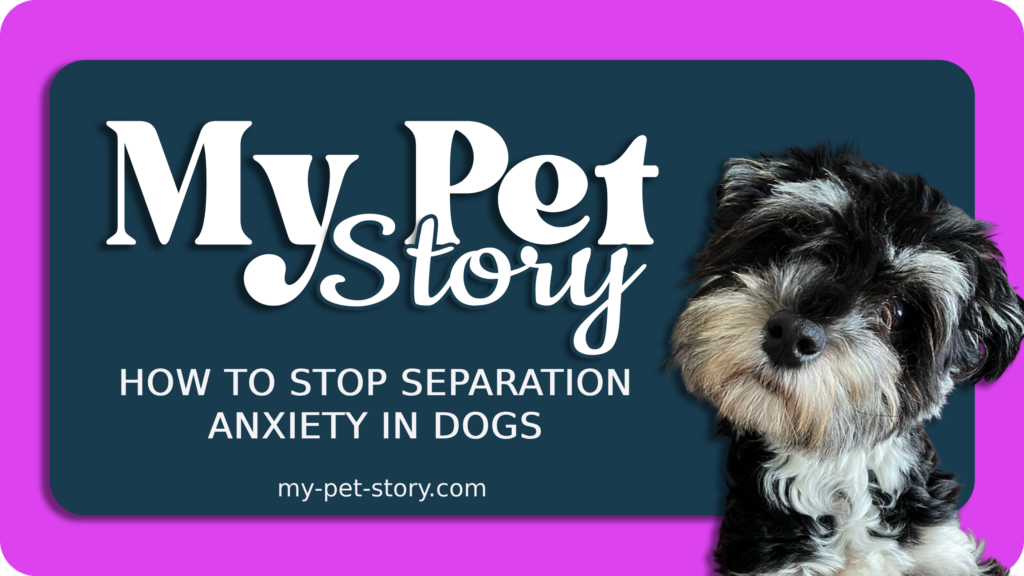Everything You Need to Know When You’re Getting a Pet
Everything You Need to Know When You’re Getting a Pet A Serious Step-by-Step Guide Getting a pet is exciting. It’s emotional. It’s a big step—and it should be. Whether it’s a dog, cat, bird, rabbit, or reptile, a pet becomes part of your daily life and your long-term responsibility. This guide walks you through every step so you can make the right decisions, plan smart, and give your future pet the best possible life. Step 1: Pause Before the Impulse Yes, those eyes are cute. Yes, your friend’s dog is amazing. But no, you shouldn’t rush. Ask yourself: Can I afford this—both now and long-term? Do I have enough time and energy for daily care? Is my lifestyle stable enough to include a living creature? A pet isn’t a phase—it’s a commitment. Plan it like you would any serious life decision. Step 2: Do the Homework Research the type of pet you’re considering: Life expectancy Exercise needs Medical issues common to the breed/species Dietary needs Social behavior (does it need company or is it more solitary?) The more you know now, the fewer problems you’ll face later. Step 3: Prep Your Home Pet-proof your space: remove hazards, secure toxic plants, and protect wires. Buy the essentials before the pet arrives: bowls, bedding, cage/crate, litter, toys, cleaning supplies. Set up a calm, safe space for them to settle in. Step 4: Find a Vet Immediately Even if your pet seems healthy, choose a vet right away. Schedule a wellness check in the first week. Get vaccinations and parasite treatments started. Microchipping and registration (if applicable). Ask about behavior, feeding, and neutering/spaying. Step 5: Budget for Insurance Vet bills can get expensive—fast. Pet insurance helps reduce financial stress when things go wrong. Compare providers, and look for a policy that covers: Illness Accidents Chronic conditions Emergency care Optional but wise: coverage for dental and prescription meds. Step 6: Feed With Purpose Choose quality food appropriate for your pet’s age, size, and health. Avoid feeding human food unless you’ve researched it. Fresh water at all times—non-negotiable. Step 7: Create a Routine Pets thrive on structure. Routines help them feel secure. Set regular feeding times. Schedule play, exercise, and bathroom breaks. Train gently but consistently. Consistency builds trust—and makes your life easier. Step 8: Prepare for Issues Things will go wrong. That’s part of pet ownership. Behavior problems (barking, scratching, chewing)? Address them early with training. Medical issues? Keep records and don’t skip appointments. Temporary lifestyle changes (moving, travel)? Make a plan in advance for pet care. Step 9: Think Long-Term This pet will grow old. It will have needs that change with time. Are you ready to care for it into its senior years? Do you have a plan if your lifestyle changes drastically? And yes, one day, it will die. That’s the reality—but the love, companionship, and meaning pets bring are worth it. Final Thoughts: Do It Right, or Don’t Do It at All Getting a pet is not just about what you want—it’s about what they need. Prepare, commit, and lead with responsibility. You’re not just gaining a companion—you’re taking on a living being that depends on you. If you’re ready for that, then welcome to one of life’s most rewarding journeys. 🐾 Was this guide helpful?Share it with someone who’s thinking about getting a pet, and help more animals find responsible, loving homes. Summer Safety Tips for Dogs ByMy-Pet-Story Read More Adopting vs. Buying a Dog ByMy-Pet-Story Read More 10 Foods That Are Bad for Dogs ByMy-Pet-Story Read More
![]()
Everything You Need to Know When You’re Getting a Pet Read More »

